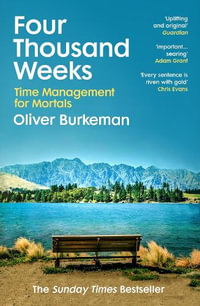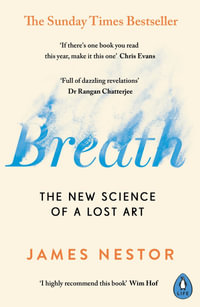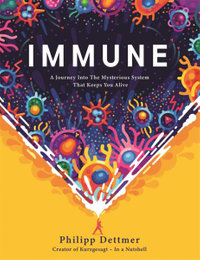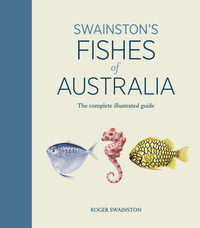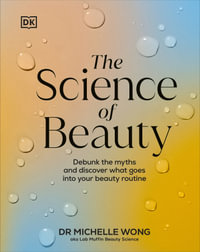Chapter 1. Case Studies with Tertiary Treatment 1
1.1. Limited urban use, irrigation of non-food or processed crops 4
1.1.1. Irrigation 4
1.1.2. Industrial reuse and recycling 6
1.1.3. Urban non-drinking water 6
1.1.4. Storage 7
1.2. Nosedo plant (Milan, Italy): irrigation 7
1.3. The Hermitage station (Reunion Island) 10
1.3.1. Pollutant loads 11
1.3.2. Tertiary filtration 12
1.3.3. UV disinfection 14
1.3.4. Educational aspect 18
1.4. The Barcelona plant (Spain): regeneration of wetlands, irrigation 18
1.5. Ajman (United Arab Emirates): irrigation and non-drinkable urban use 22
1.6. Al Wathba treatment plant (Abu Dhabi): recreational areas, green spaces, industries 24
1.7. Burj Khalifa lake (Dubai): reuse wastewater for a recreational area 28
1.7.1. Treatment plant dimensions 29
1.8. Darling Quarter (Sydney, Australia): wastewater reuse in a neighborhood 32
1.9. References 35
Chapter 2. Micropollutants 47
2.1. Introduction 47
2.2. Pesticides 48
2.3. Pharmaceuticals and industrial residues 50
2.4. Technologies for removing pesticides and emerging micropollutants 58
2.4.1. Conventional oxidizers: chlorine, hypochlorite and chlorine dioxide 59
2.4.2. Advanced chemical oxidation 69
2.4.3. Activated carbon adsorption 74
2.4.4. Ozone/activated carbon combination 98
2.5. References 104
Chapter 3. Microfiltration and Ultrafiltration Membranes 109
3.1. Operating principle and mechanisms 111
3.1.1. Pressurized membranes 115
3.1.2. Submerged membranes 119
3.1.3. Filtration mode: frontal/tangential 122
3.2. Sizing parameters 123
3.2.1. Membrane selection 123
3.2.2. Cleaning in place 132
3.3. Microfiltration and ultrafiltration applied to wastewater treatment 133
3.3.1. Turbidity and TSS 133
3.3.2. Dissolved organic carbon 134
3.3.3. Energy consumption 134
3.4. Improved secondary treatment: membrane bioreactors 135
3.4.1. Suppliers of microfiltration membranes used in MBRs 139
3.4.2. Performance 142
3.5. Membrane layout in the reuse process 145
3.6. Hybrid process: combining chemical processes with MF/UF membranes 148
3.7. Conclusion 148
3.8. References 148
Chapter 4. Reverse Osmosis 155
4.1. Membranes 156
4.1.1. Materials 156
4.2. Principles of operation and separation 158
4.3. Wastewater treatment with reverse osmosis membranes 160
4.3.1. Parameters to consider when designing a treatment system 162
4.3.2. Sizing parameters 169
4.3.3. Post-treatment for drinking water supply 176
4.3.4. Disinfection downstream of membranes 176
4.4. Reverse osmosis in the wastewater reuse process 176
4.5. Performance 180
4.5.1. Pesticides 183
4.5.2. Drugs 186
4.5.3. Microorganisms 189
4.5.4. Water losses and energy consumption of membrane processes for water reuse 190
4.6. Conclusion 191
4.7. References 192
Chapter 5. Applications for Drinking Water, Specific Industrial Water and Groundwater Recharge 197
5.1. Windhoek: drinking water, specific industries and groundwater recharge 197
5.2. The Durban plant (South Africa) 203
5.2.1. For industrial use requiring rigorous quality 203
5.2.2. The wastewater reuse plant 207
5.2.3. Tertiary treatment sizing 207
5.2.4. Conclusion 217
5.3. Kranji (Singapore): irrigation, indirect drinking water, specific industries 218
5.3.1. Sizing the Kranji plant 220
5.3.2. Performance 222
5.3.3. Conclusion 225
5.4. Illawarra (Australia): application, ocean protection, irrigation and industry 226
5.4.1. Characteristics of wastewater treatment plants. 228
5.4.2. Treatment processes 228
5.4.3. Conclusion 233
5.5. Honolulu: irrigation and industrial applications 234
5.6. Gerringong and Gerroa (Australia): controlled irrigation and beach protection applications 237
5.6.1. Treatment process and guarantees 238
5.6.2. Microfiltration workshop 239
5.6.3. Conclusion 240
5.7. Playgrounds and leisure parks (France) 241
5.8. References 246
Chapter 6. What Does the Future Hold for Wastewater Reuse? 249
6.1. Challenges and prospects 249
6.2. What about drinking water? 253
6.3. Wastewater: Is it a real alternative? 253
6.4. References 256
Index 259















